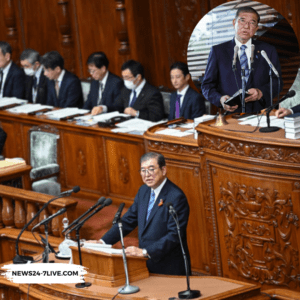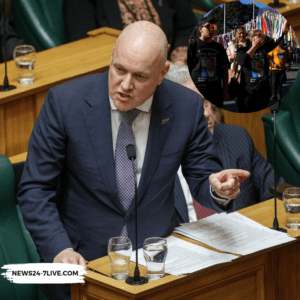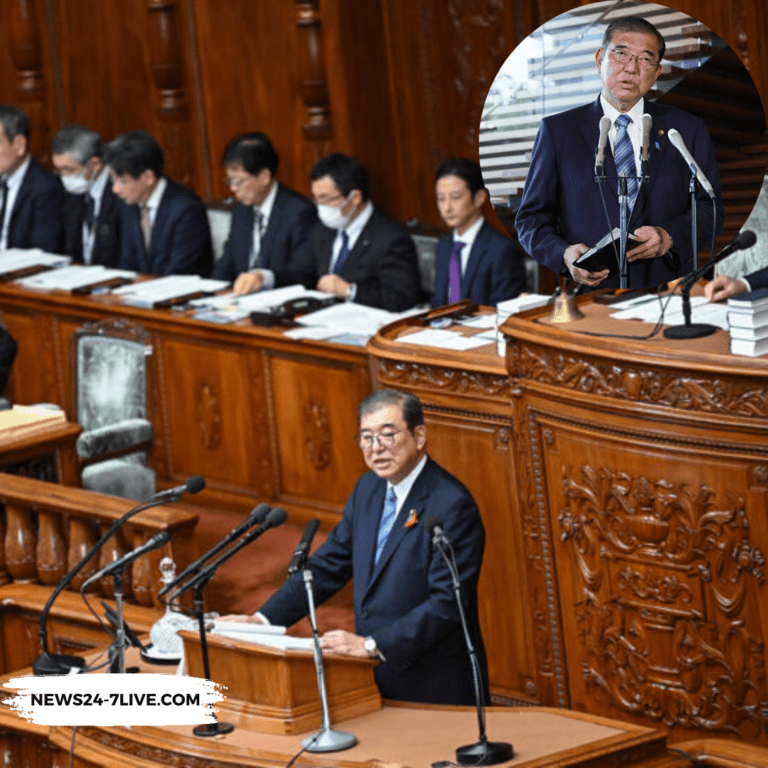California Governor Gavin Newsom unveiled a proposal to supercharge the state’s film & TV tax credits. By boosting tax incentives from $330 million to $750 million annually.

Tax credits for the film industry were initially capped at $330 million annually, which provided a 20-25% tax credit for qualifying productions.
Despite the program’s popularity, high demand and limited funds meant many productions missed out, often relocating to other states or countries.
The state first revamped the tax credit system in 2014 under Governor Jerry Brown, who increased funding and allowed higher-budget projects to qualify focusing on luring TV series from production-heavy cities like Vancouver and Atlanta.
In 2021, a temporary increase brought the program to $420 million targeting recovery from pandemic-era production declines and bolstering California’s soundstage construction projects.
The program was renewed under SB 132, allowing credits to remain until 2025 with annual allocations of $330 million.
Newsom’s proposed expansion to $750 million annually is aimed at reversing production losses and keeping California competitive against states like Georgia and New York.
With California’s Democratic legislature likely to back the initiative, Newsom’s plan is anticipated to pass in the 2025-2026 budget cycle.
Since its inception in 2009, the Film & Television Tax Credit Program has generated over $26 billion in economic activity. The program has created nearly 200,000 jobs for cast and crew members in California.
A study of the program showed that each dollar in tax credits produced $24.40 in economic output, $16.14 in GDP, $8.60 in wages and generated $1.07 in initial state and local tax revenue.
Productions benefitting from tax credits spend heavily on local businesses hotels, restaurants, dry cleaners and more driving revenue in local economies and small businesses.
Governor Newsom’s proposal would raise the annual funding cap from $330 million to $750 million, starting July 1, 2025. If approved, California would offer more in film tax incentives than any state except Georgia.
Film & Television Tax Credit Program 4.0 will introduce refundable tax credits, a first since the program began in 2009, enhancing its appeal to productions looking for reliable and easily accessible incentives.
Tax credit program has also incorporated workforce diversity provisions, additional funding for the Career Pathways Training Program and a Safety on Production Pilot Program.
The current program has been oversubscribed, with productions vying for limited funds causing many projects to relocate when they don’t receive the credit.
Between 2020 and 2024, California lost a huge amount of production spending due to the capped funding, resulting in thousands of jobs leaving the state and impacting local businesses.
With the rise in global production incentives, California’s ability to retain projects has diminished, approximately 71% of productions denied California tax credits have moved out-of-state.
The Film Tax Credit Program is designed to bring jobs to California, benefiting local economies and helping to address unemployment.
By prioritizing film productions in California, the state expects to see an influx of spending in the local economy leading to more jobs in various sectors from electricians and stylists to caterers and construction.
Local communities benefit indirectly from productions through increased spending on accommodations, dining and other local services.
Economists remain cautious, as studies show that while film tax credits do drive spending, the actual tax revenue generated may fall short of covering the incentives with returns ranging from 10 to 31 cents per dollar spent.
Georgia’s program, which provides a 20% base transferable tax credit plus an additional 10% for showcasing the state logo, attracts big-budget productions due to its lack of an annual cap.
New York recently increased its film and TV incentives to $700 million. Many states and countries like Canada and the UK offer lower labor and production costs along with competitive tax incentives.
Newsom’s proposal will make it easier for productions to plan ahead with consistent tax credit availability, reducing the lottery effect that has driven productions out of California due to uncertainties in securing incentives.
Enhanced incentives mean more California-based projects, allowing the state to retain valuable talent, from actors to crew members, while boosting revenue for local vendors.
The current program is oversubscribed often leaving many productions without credits leading to an estimated $1.6 billion in lost spending since 2020 due to productions that applied but did not receive credits.
California does not allow tax credits for above-the-line expenses including salaries, which reduces its attractiveness for major productions.
California’s program does not include dedicated tax credits for VFX work, an increasingly vital component of modern filmmaking that has led many California-based studios to outsource visual effects work to other states or countries.
On September 2024, the Film & Television Tax Credit Program awarded $51.6 million to 19 projects including Suits LA and several independent films, expected to generate $284.4 million in spending and create over 3,800 jobs.
On July 2024, five major TV projects including HBO’s Latitude, were granted $58 million in tax credits projected to bring $386 million to California’s economy and employ thousands of performers and crew members.
On March 2024, Amazon’s popular series Fallout relocated to California with $152 million in tax credits for 12 projects, bringing in $1.1 billion in spending and supporting over 4,500 cast and crew.
On December 2023, projects, including The Mandalorian, received $400 million, with economic benefits including $166 million directly from the Lucasfilm production and nearly 20,000 jobs.
Over 20 years, states have collectively spent over $25 billion in film incentives, with Georgia and New York emerging as leading competitors.
Georgia has invested over $5 billion since 2015, with unlimited tax credits that have proven attractive for film producers. New York, with an annual cap of $700 million ranks among the top states for film incentives but reports only 15 to 31 cents in revenue for each dollar spent.















